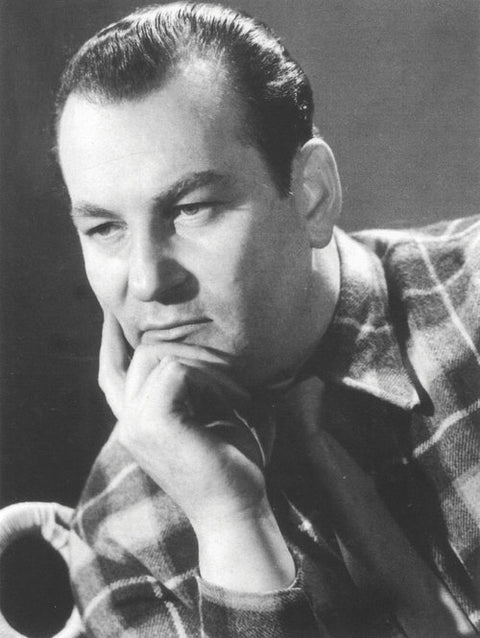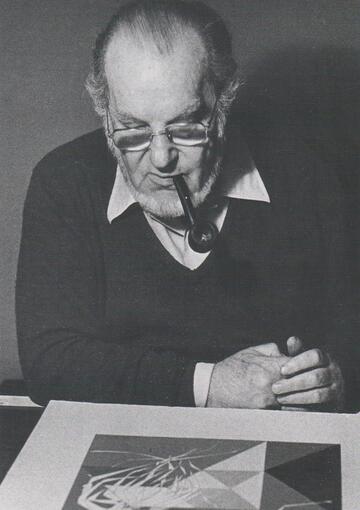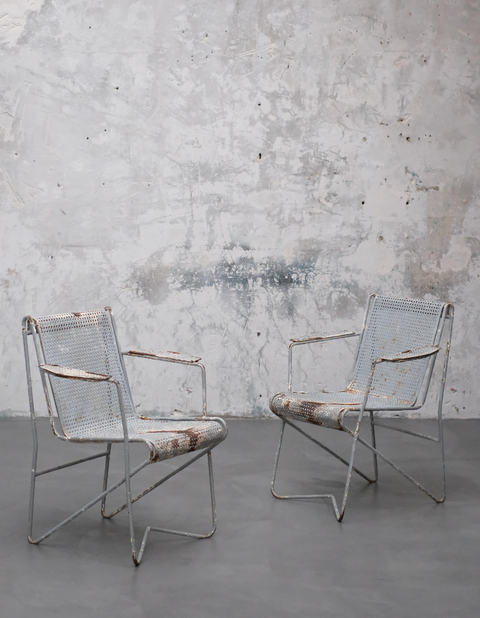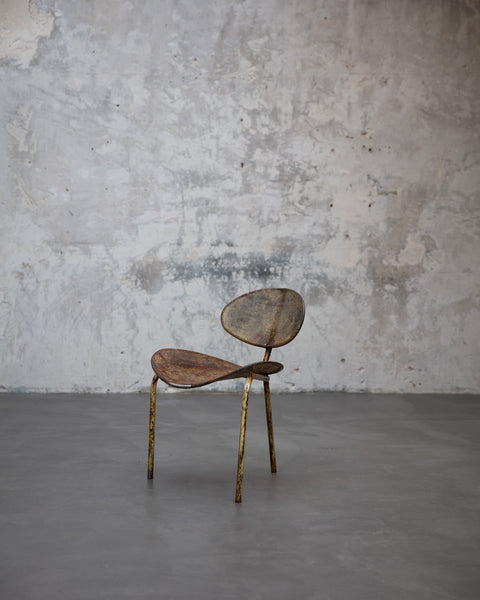Mathieu Matégot, a Hungarian-born French designer and artist, made significant contributions to the world of furniture and metalwork design. Born on April 4, 1910, in Budapest, Hungary, he later moved to Paris in 1931, where he discovered the work of Le Corbusier and the modernist movement, sparking his interest in industrial design and new materials.
To manufacture his own creations, Matégot established the Société Matégot with workshops in Paris and Casablanca. However, in 1959, he shifted his focus back to tapestry design, a passion from his past, and dedicated himself to this art form for the rest of his career. This commitment to tapestry design positioned him as a trailblazer within the French modern tapestry movement.
Matégot's early furniture pieces can be found in prestigious institutions such as the Museum of Modern Art (MoMA) in New York and in prestigious auction houses and art collections worldwide. His innovative approach to furniture and metalwork design left a lasting impact on the field and solidified his place as a prominent figure in the world of design and art.
In the 1950s and 1960s, Matégot gained recognition for his distinctive furniture designs that featured perforated metal sheets combined with tubular steel frames. He developed his signature "Rigitulle" technique, which involved folding and perforating metal sheets, becoming his trademark design aesthetics.




